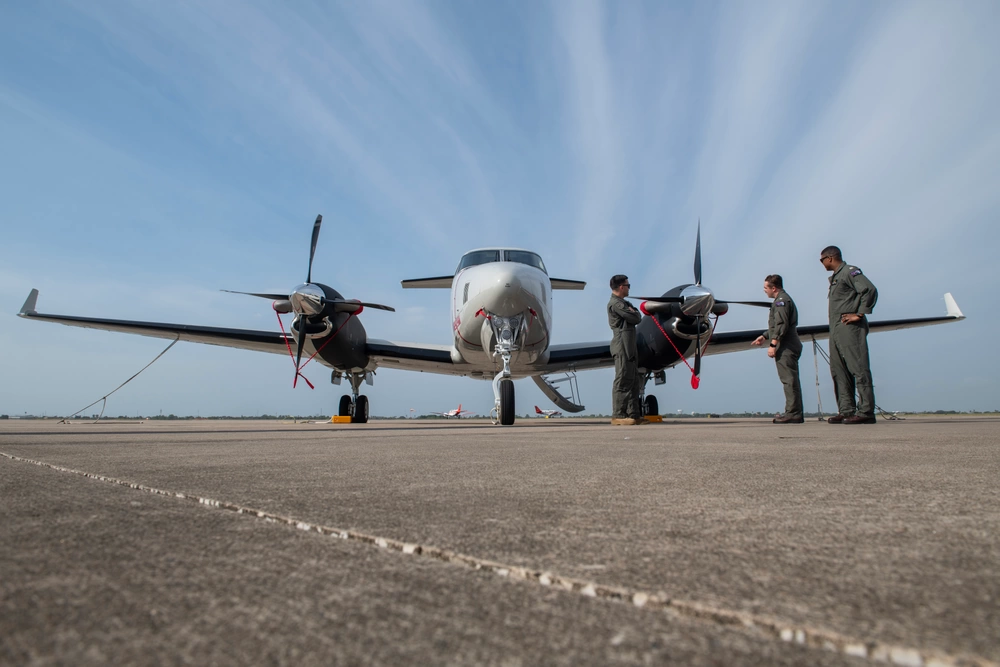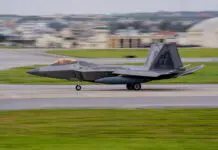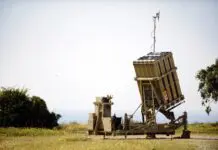During April 18th, the first two Beechcraft T-54C trainers ordered by the United States Navy (US Navy) arrived at the Naval Air Station (NAS) Corpus Christi, which will be used in the training and formation of future naval aviators for surveillance and anti-submarine warfare aircraft such as the P-8A Poseidon, E-2D Hawkeye, and C-130 Hercules.
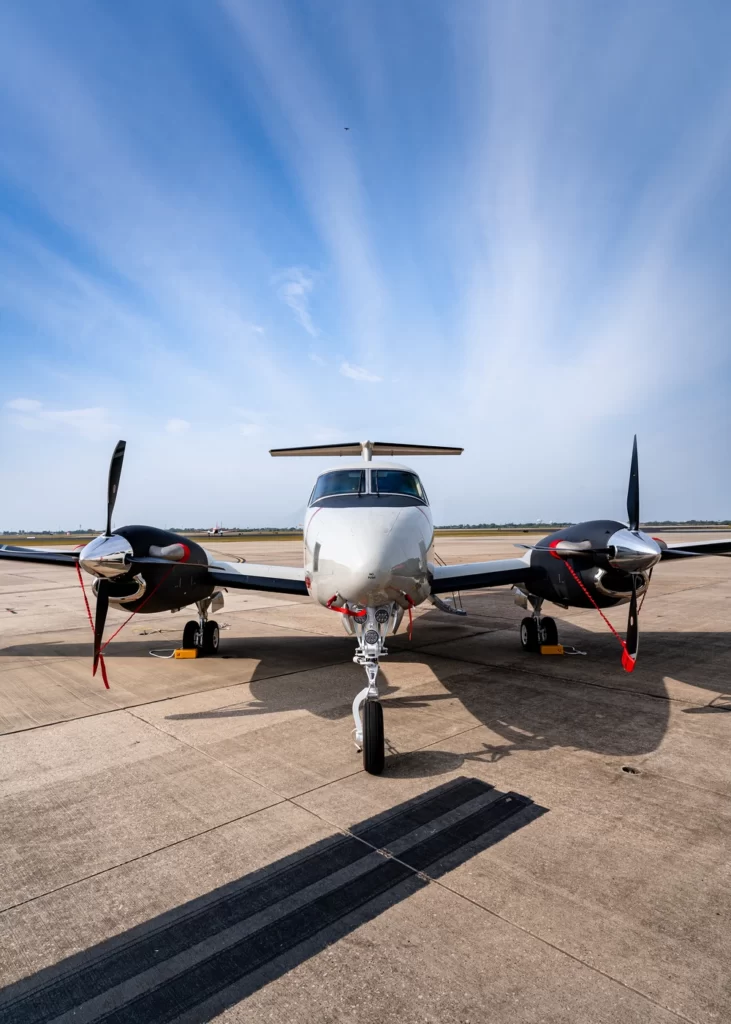
The delivery of the Beechcraft T-54C trainers is part of the contract signed in 2023 between the US Navy and the American company Textron, which planned the acquisition of up to 64 King Air 260 aircraft to be designated as T-54A in the Navy’s training fleet. These new aircraft arrive to replace the old T-44C Pegasus, which have been in service since 1977, useful for the preparation of force aviators for generations but have become obsolete compared to current advances in aviation and naval warfare.
The unit that received the first aircraft is the Training Air Wing 4 (TAW4), commanded by Captain Michael Albus, who made the following statements about the arrival of the new Beechcraft T-54C: “We produce the best multi-engine pilots in the world (…) The T-54A will be the training aircraft that will carry that legacy into the future. With its ProLine Fusion avionics suite, combined with increased range, speed, and altitude, the T-54A will ensure that our aviators are well-prepared to operate fleets of complex aircraft and are ready for tomorrow’s challenges in a multi-domain environment.”
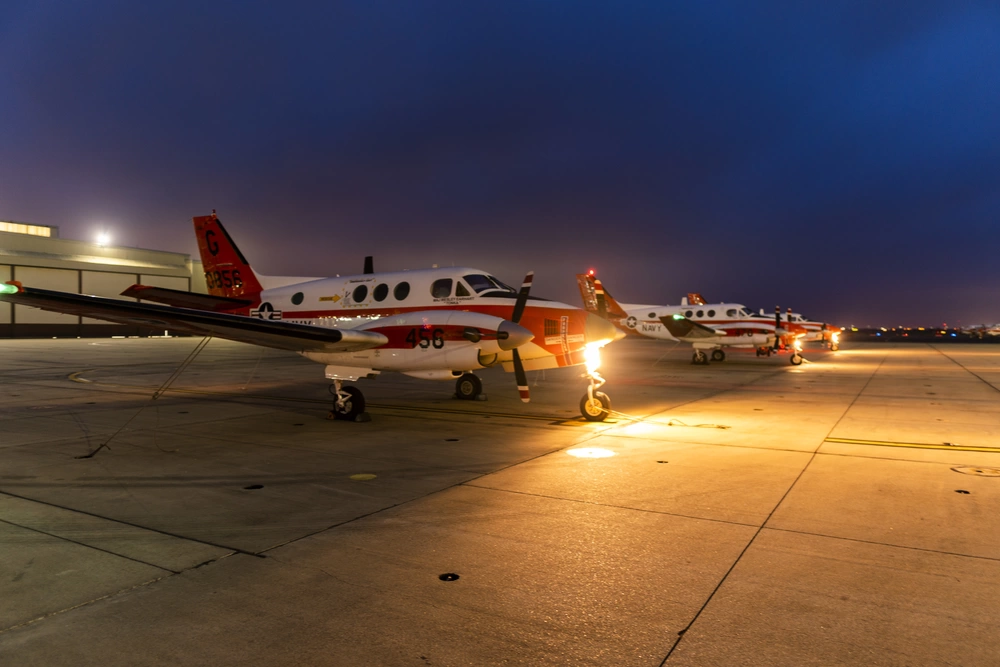
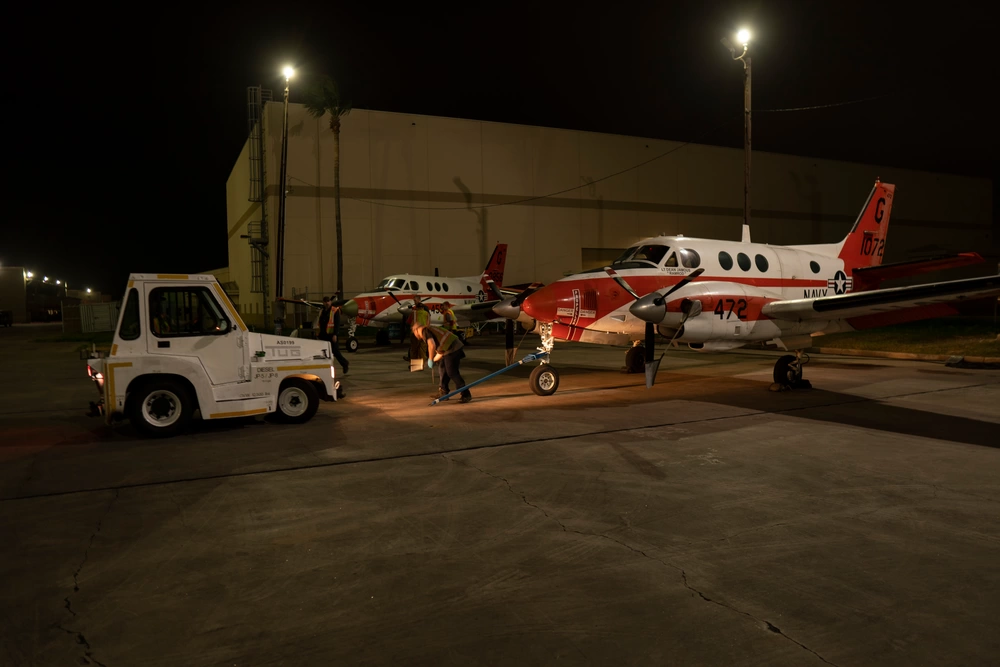
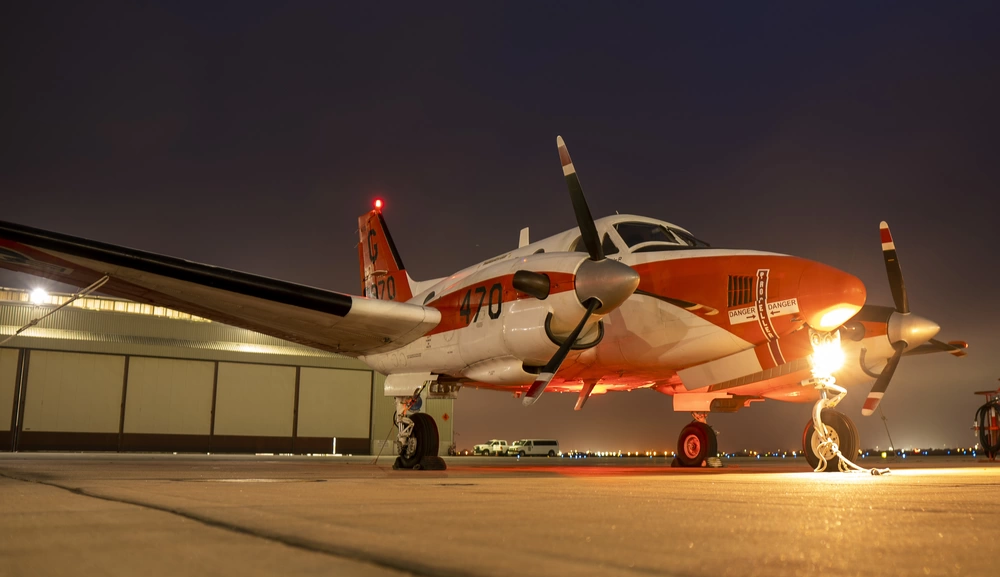
T-44C Pegasus of the US Navy
Lieutenant Mike Stegel, a crew instructor at TAW4, stated: “The T-54A will be a great addition to the TAW-4 family. This aircraft will pave the way for the next generation of multi-engine aviators. It has been a very rewarding and enlightening experience to be part of the METS team and it will be one of the highlights of my career.”
Regarding the new Beechcraft T-54C aircraft, the following features stand out: a complete modernization in avionics compared to its predecessor, the integration of virtual reality and augmented reality systems, the ability to perform maintenance based on “Condition Plus” that would extend its lifespan to 30 years, as well as having a V/UHF radio system and a Collins Multi-Scan RTA-4112 weather radar that provides pilots with information on weather conditions over long distances.
The aircraft is equipped with a twin-engine turboprop Pratt & Whitney Canada Corp PT6A-52, allowing it to carry a maximum weight of up to 12,500 pounds (5700 kilograms), at a top speed of 259 knots, an altitude of 35,000 feet, and an operational range of 1,640 nautical miles. Additionally, it features a new paint scheme, transitioning from the traditional orange and white of training schemes to a bright gray similar to the aircraft for which naval pilots train.
Image credits: Anne Owens (Naval Air Training Chief); Alan Wang (Ensign); US Navy
You may also like: For USD143 million, the United States authorizes the sale of the Basler BT-67 system to the Argentine Armed Forces


